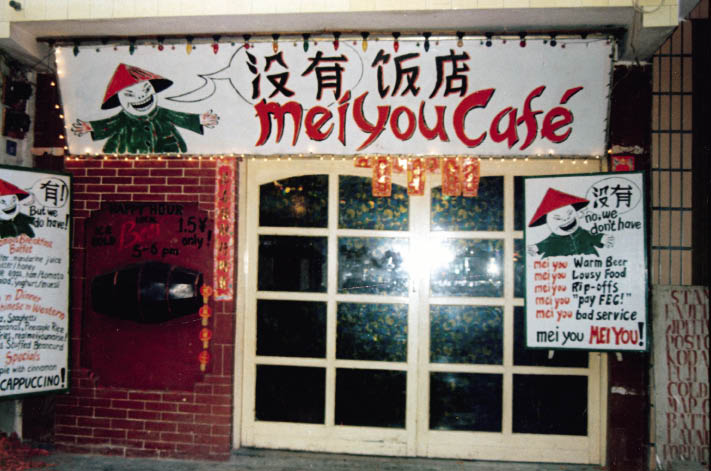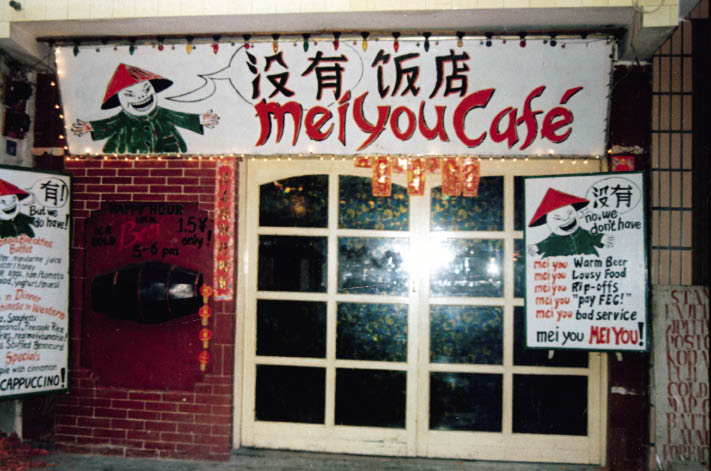Guilin-South China’s shangrila
China Today, September 6, 2016 Adjust font size:
I used to think ancient Chinese painters had to have been drunk to paint their surrealistic landscapes with rivers meandering past temples and pagodas perched atop columnar mountain peaks – until we drove to Guilin. We could barely believe our eyes as we drove through valleys blanketed in lush emerald rice paddies and ancient villages nestled against vertical green peaks topped with temples. But even the ancient Chinese doubted such landscapes really existed.
The Song Dynasty poet Fan Chengda (1126-1193), who spent two years in Guilin, wrote that he mailed his paintings of Guilin scenery to friends back home in Suzhou, but “few believed what they saw.”
We say “seeing is believing” but even firsthand, it’s hard to accept the reality of what looks like a miniature Chinese landscape somehow blown to larger-than-life proportions. No wonder Yangshuo (65 km from downtown Guilin) became our favorite holiday retreat, and we’re thankful the drive from Xiamen to Guilin now takes only 12 hours, compared with three days in 1993. Of course, the 1993 drive might have taken a day less if I’d not stopped every few minutes to take photos that look more like the product of Photoshop manipulation than reality.

Meiyou Café in Yangshuo.
I suspect that Fan Chengda knew that Guilin was as beautiful below ground as above. Guilin’s karst mountains are riddled with hundreds of beautiful caves, some with ancient farmsteads built right into the caves themselves. Reed Flute Cave, Guilin’s most famous, was popular over 1,200 years ago – before Fan Chengda’s day – and was rediscovered in the 1940s by refugees fleeing Japanese troops.

